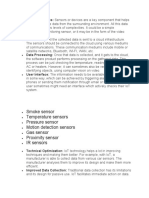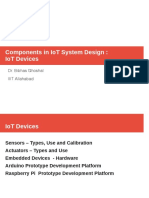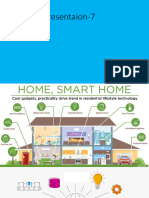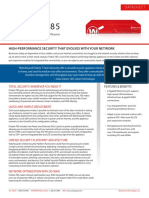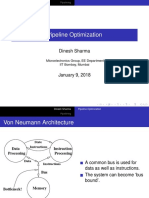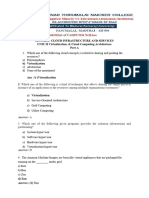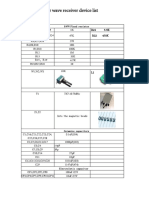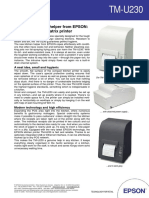0% found this document useful (0 votes)
157 views11 pagesUNIT 2 Hardware of IoT
The document discusses various types of Internet of Things (IoT) connectivity options, including wireless and wired solutions, and emphasizes the importance of selecting the right connectivity based on business needs. It details the essential hardware components for IoT systems, such as microcontrollers, sensors, actuators, communication modules, and power supplies, along with their applications and advantages. Additionally, it covers the role of digital sensors, RFID technology, and wireless sensor networks in enhancing data collection and monitoring across various industries.
Uploaded by
Shipra PradhanCopyright
© © All Rights Reserved
We take content rights seriously. If you suspect this is your content, claim it here.
Available Formats
Download as PDF, TXT or read online on Scribd
0% found this document useful (0 votes)
157 views11 pagesUNIT 2 Hardware of IoT
The document discusses various types of Internet of Things (IoT) connectivity options, including wireless and wired solutions, and emphasizes the importance of selecting the right connectivity based on business needs. It details the essential hardware components for IoT systems, such as microcontrollers, sensors, actuators, communication modules, and power supplies, along with their applications and advantages. Additionally, it covers the role of digital sensors, RFID technology, and wireless sensor networks in enhancing data collection and monitoring across various industries.
Uploaded by
Shipra PradhanCopyright
© © All Rights Reserved
We take content rights seriously. If you suspect this is your content, claim it here.
Available Formats
Download as PDF, TXT or read online on Scribd
/ 11





















